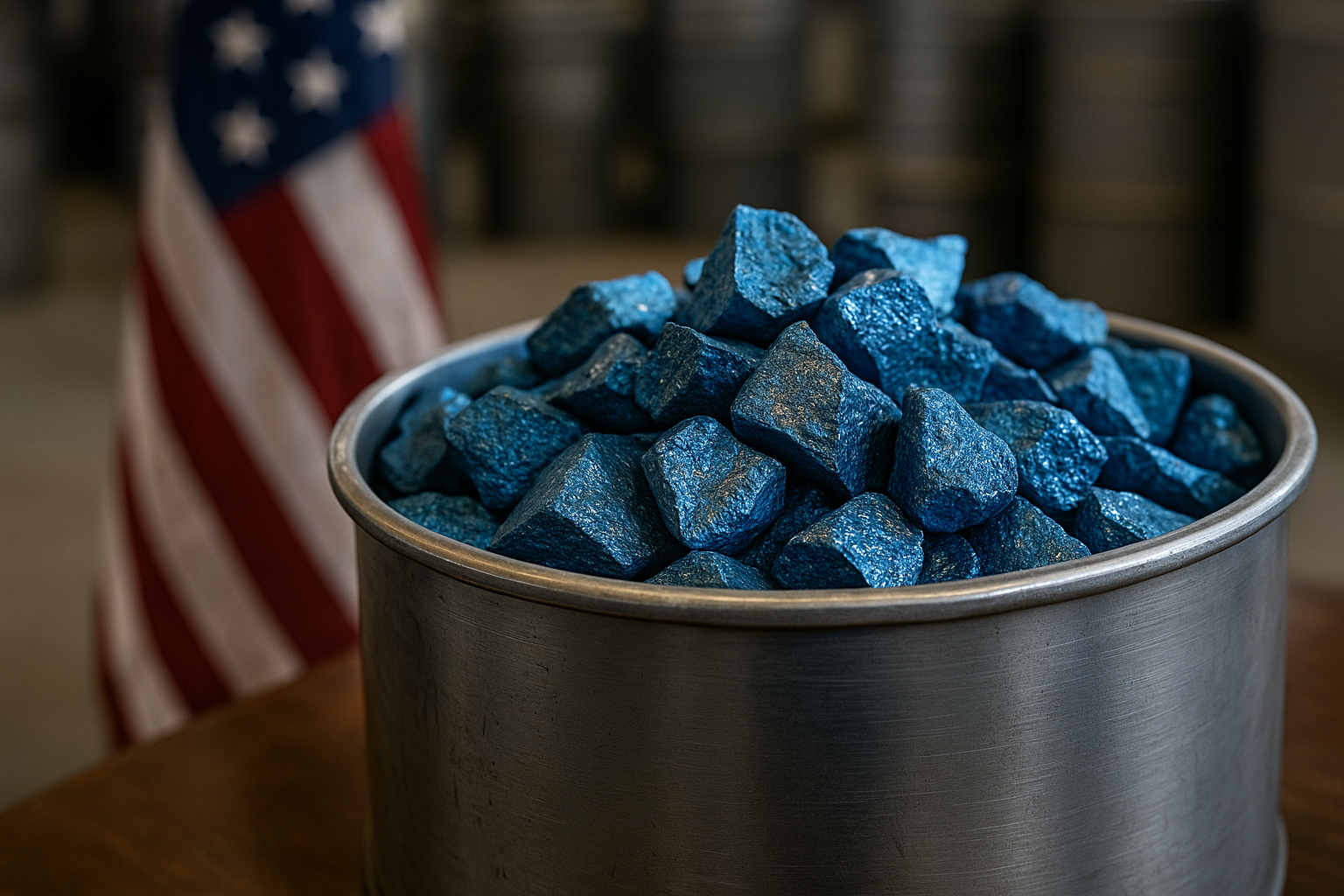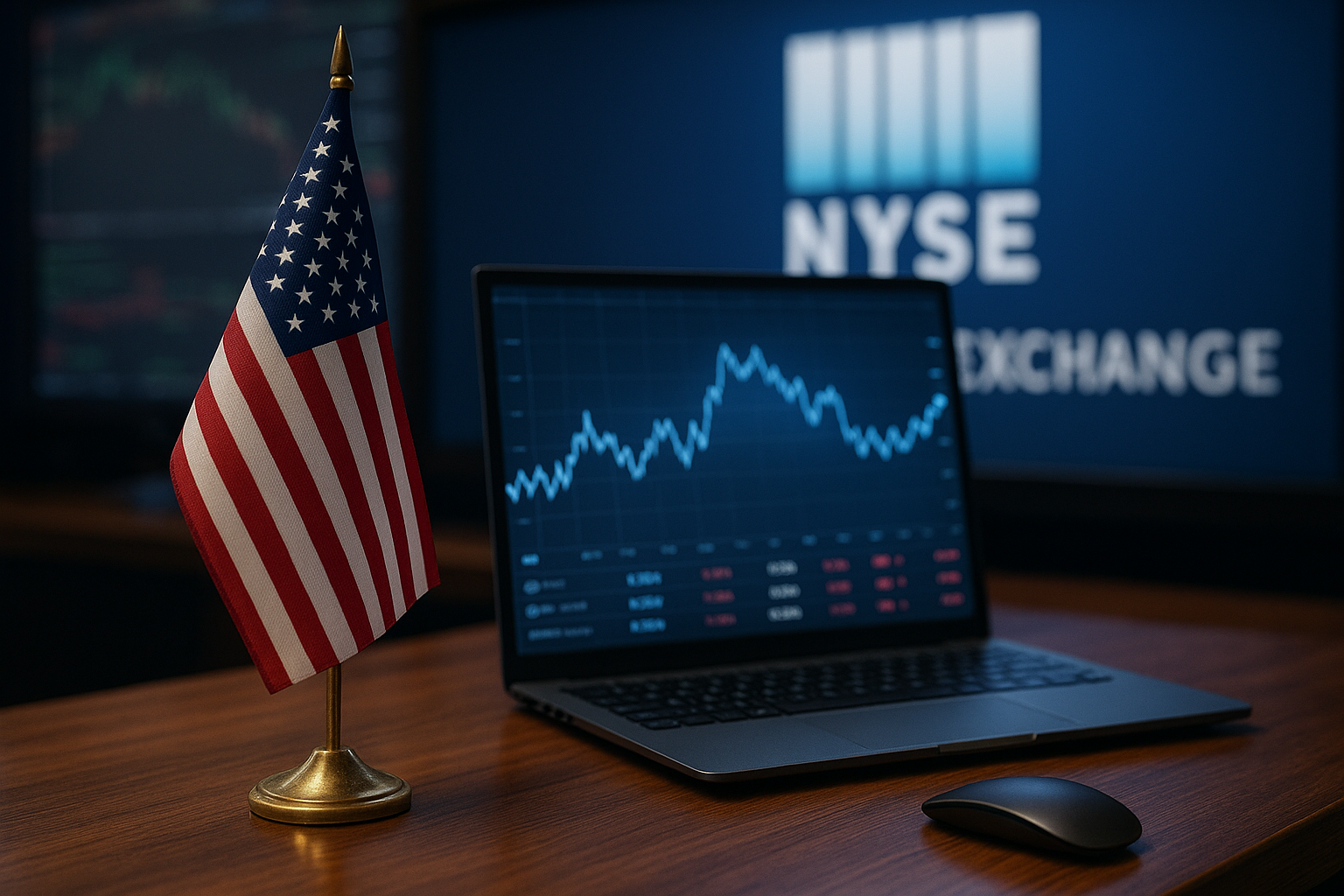In a major push to reduce America’s dependence on Chinese critical minerals, the U.S. Department of Commerce and a coalition of private investors have announced a US$1.4 billion investment to expand domestic production of rare-earth magnets — essential components for electric vehicles (EVs), defense systems, and next-generation AI hardware.
The move marks one of the largest industrial funding commitments in the U.S. rare-earth sector to date, signaling a structural shift in global supply chains that investors can no longer ignore.
Rebuilding Strategic Supply Chains
According to ETAuto.com and statements from the U.S. Department of Commerce, the funding package will support a network of startups and mid-sized manufacturers developing neodymium-iron-boron (NdFeB) magnets — critical for high-performance motors used in EVs, drones, and advanced robotics.
The initiative forms part of the Biden administration’s broader strategy to secure critical mineral independence and counter supply risks stemming from China’s near-monopoly on rare-earth refining. Beijing currently controls around 85% of global rare-earth magnet production, a dominance that has raised alarm across both defense and clean energy sectors.
“Rare-earths are the backbone of the modern economy — from F-35 jets to electric vehicles and AI data centers,” said Gina Raimondo, U.S. Secretary of Commerce. “This investment builds the foundation for a resilient, U.S.-led magnet supply chain that supports innovation and national security.”
Private Capital Joins the National Push
Alongside federal funding, several private entities — including energy transition funds, industrial conglomerates, and technology manufacturers — are co-investing to accelerate scaling and commercialization.
Startups like Noveon Magnetics, E-Vision Tech, and MP Materials are among the beneficiaries expected to receive portions of the funding to expand processing capacity and R&D. MP Materials, which operates one of the few U.S.-based rare-earth mines at Mountain Pass, California, saw its stock rise over 4% on the announcement.
Analysts at BloombergNEF estimate that global demand for NdFeB magnets could triple by 2035, driven primarily by the EV, renewable energy, and AI hardware industries. However, the report notes that supply shortages could persist for several years without significant capital deployment and permitting acceleration in the U.S. and allied nations.
Why This Matters for Investors
This announcement comes at a time when governments worldwide are racing to secure access to materials critical to the clean energy transition. For investors, the rare-earth supply chain is emerging as one of the most strategically important — yet underdeveloped — segments in the industrial ecosystem.
The U.S. move signals not only a commitment to industrial security but also a multi-decade investment opportunity. From magnet manufacturing and recycling technologies to advanced material refining, investors now have a clear policy-backed roadmap for identifying future growth sectors.
However, analysts warn of key risks. Execution challenges — including high upfront capital costs, long permitting timelines, and environmental scrutiny — could slow deployment. The International Energy Agency (IEA) estimates that new rare-earth projects typically take 10–15 years from exploration to commercial output.
Global Implications and Market Dynamics
The U.S. initiative is likely to spark competitive responses from Europe and Japan, both of which have announced new incentives for critical mineral development. The European Commission is already finalizing a Critical Raw Materials Act to secure at least 40% of rare-earth processing within the bloc by 2030.
Meanwhile, China’s Ministry of Industry and Information Technology (MIIT) has hinted at potential export adjustments, raising the stakes for supply stability. Such developments could make rare-earth stocks one of the most geopolitically sensitive trades in the next market cycle.
“Global magnet demand will increasingly mirror semiconductor demand in strategic importance,” said a report by S&P Global Market Intelligence. “Investors positioned early in the supply-chain buildout — particularly in sustainable processing — stand to capture long-term alpha.”
Key Investment Insight
The U.S. $1.4 billion rare-earth initiative signals a structural shift toward domestic industrial re-shoring — an investment theme that will likely dominate the next decade.
For investors, opportunities lie in:
- Upstream producers (e.g., MP Materials, Lynas Rare Earths)
- Processing & refining technologies that reduce environmental impact
- Advanced magnet and recycling startups focused on NdFeB materials
- Defense and EV manufacturers positioned to benefit from stable local supply
However, investors should remain mindful of permitting delays, cost inflation, and technological execution risks that may affect project timelines.
Stay Ahead with MoneyNews.Today
As governments and markets converge around industrial resilience, the rare-earth and magnet sectors represent a high-impact, long-horizon opportunity. To stay informed on evolving policies, capital flows, and emerging investment themes, follow MoneyNews.Today — your daily edge in understanding what truly drives global capital.





